- Joined
- Aug 15, 2013
- Messages
- 13,695
- Reaction score
- 3,369
- Location
- SE Michigan
- Can others edit my Photos
- Photos OK to edit
So what does it do ?
A little flat thing just above the lens mount that rotates about 1/4 around the mount.
I think my old AF 300/4 lens moves it but the G's don't.
A little flat thing just above the lens mount that rotates about 1/4 around the mount.
I think my old AF 300/4 lens moves it but the G's don't.


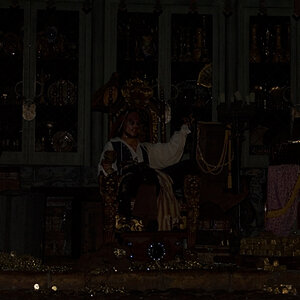
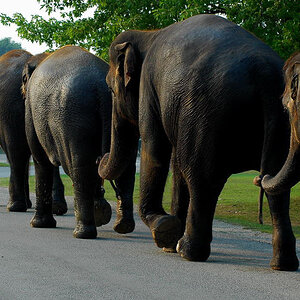
![[No title]](/data/xfmg/thumbnail/37/37491-9a5a4b87cc7adab94e5cc59f2da93701.jpg?1619738112)

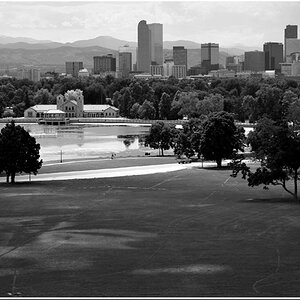

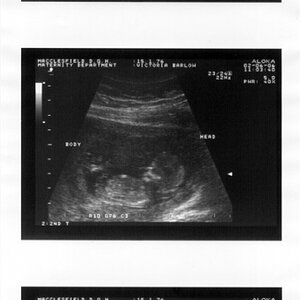
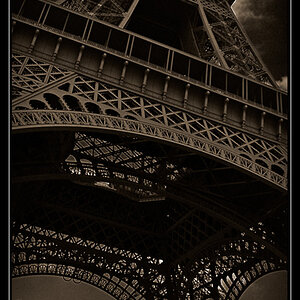
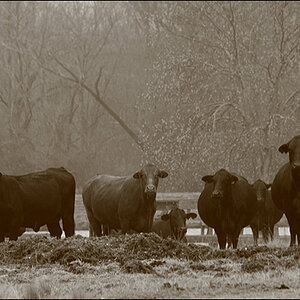
![[No title]](/data/xfmg/thumbnail/30/30989-2ed4e52fa80fcd0ba553c515ffc589cd.jpg?1619734553)

